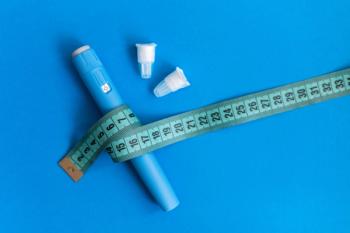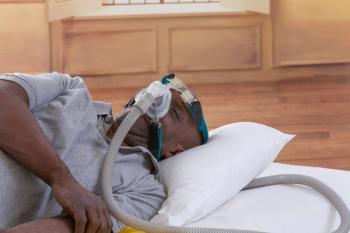
3D Mammograms and Breath Test Represent Advances in Breast Cancer Detection Technology
Recent advancements in technology, specifically in detection methods, have demonstrated significant improvement in how early patients are diagnosed with breast cancer and treated.
Doctors and researchers around the world are looking to improve the prevention, detection, and treatment of breast cancer. In recent years, the advancements in technology, specifically in detection methods, have demonstrated significant improvement in how early patients are diagnosed and treated.
Mammograms are the most common and well-known breast cancer detection method; however, they are often an uncomfortable process and are not always completely accurate.
In recent years, many researchers have been using and testing the efficacy of 3-dimensional (3D) mammogram and its potential screening benefits. In a study,
In September 2017, the Tomosynthesis Mammographic Imaging Screening Trial (TMIST) opened and began looking to enroll healthy women in order to compare tomosynthesis (known as the 3D mammogram) and the conventional (2-dimensional [2D]) mammogram.
“We need to determine if 3D mammography is better than 2D at finding the sort of breast cancers that are most likely to spread and kill women,” ECOG-ACRIN study chair Etta D. Pisano, MD, vice chair of research in the Department of Radiology at Beth Israel Deaconess Medical Center and professor in residence of radiology at Harvard Medical School, said in a
Additionally, a 2016
“We developed the world’s most sensitive breathalyzer in our lab. It is a billion times more sensitive than the kinds of breathalyzer that police use for alcohol. So when we have anyone that gives a sample with our breathalyzer we can analyze it,” Michael Phillips, MD, FACP, FRCP, founder and CEO of Menssana, told The American Journal of Managed Care®. “We find many different compounds, 100 to 200 or more compounds in the breast and we find that many of these are biomarkers of various diseases—including breast cancer.”
Phillips emphasized that the breath test is not yet approved by the FDA and is still in the feasibility stage, and therefore is not affecting the standard of care. While the breath test will not replace these mammograms or biopsies, it could instead potentially work with them.
“The real concern here is that a tremendous amount of mammograms and a tremendous amount of biopsies are being done unnecessarily—meaning that a lot of women are having discomfort,” added Phillips. “It’s quite possible that we could safely reduce the number of these investigations.”
As biopsies remain the standard of care in breast cancer detection, the breath test research is intended to reveal which women are at a low-risk and which are at a high-risk for breast cancer. This risk information, as Phillips explained, will hopefully be able to decrease the number of women who have to undergo mammograms and biopsies.
By decreasing the number of mammograms and biopsies, the breath test could lower the discomfort women feel when they undergo these tests, but also the eliminate extra costs. Therefore, patients could rule out the potential of breast cancer while saving their time and money.
A breath test study is currently being funded by the National Institute of Health and the National Cancer Institute and being conducted in 4 sites across the United States. In 2018 the researchers are expecting to look at the data and hope to have accumulated a significant number of patient diagnoses that match their predictions from the breath test. If the results are strong, they are looking to submit them to the FDA for approval.
“We are not going to replace mammograms, and we are not going to replace biopsies, but we might be able to safely reduce the number of them being performed,” Phillips concluded.
Newsletter
Stay ahead of policy, cost, and value—subscribe to AJMC for expert insights at the intersection of clinical care and health economics.













































